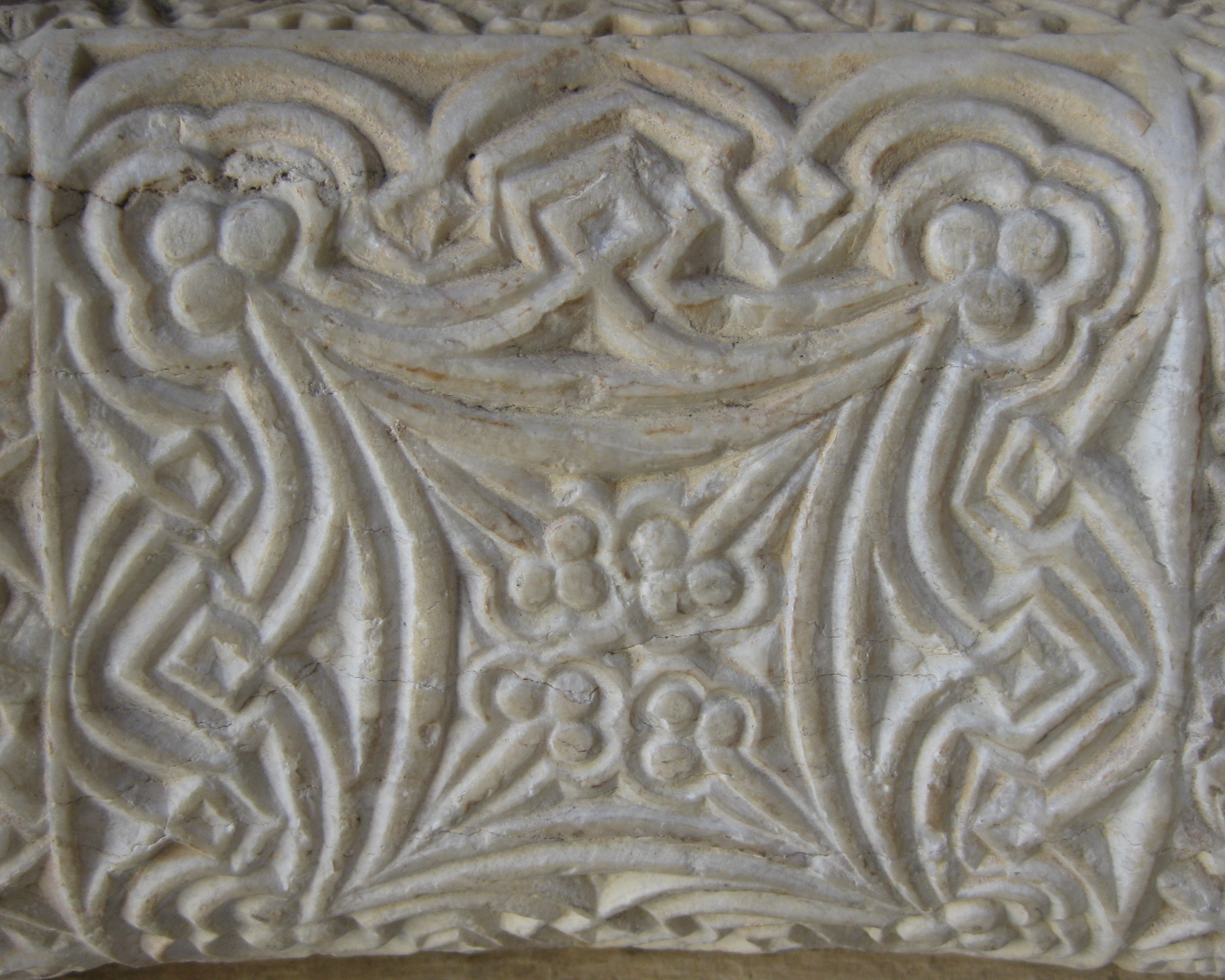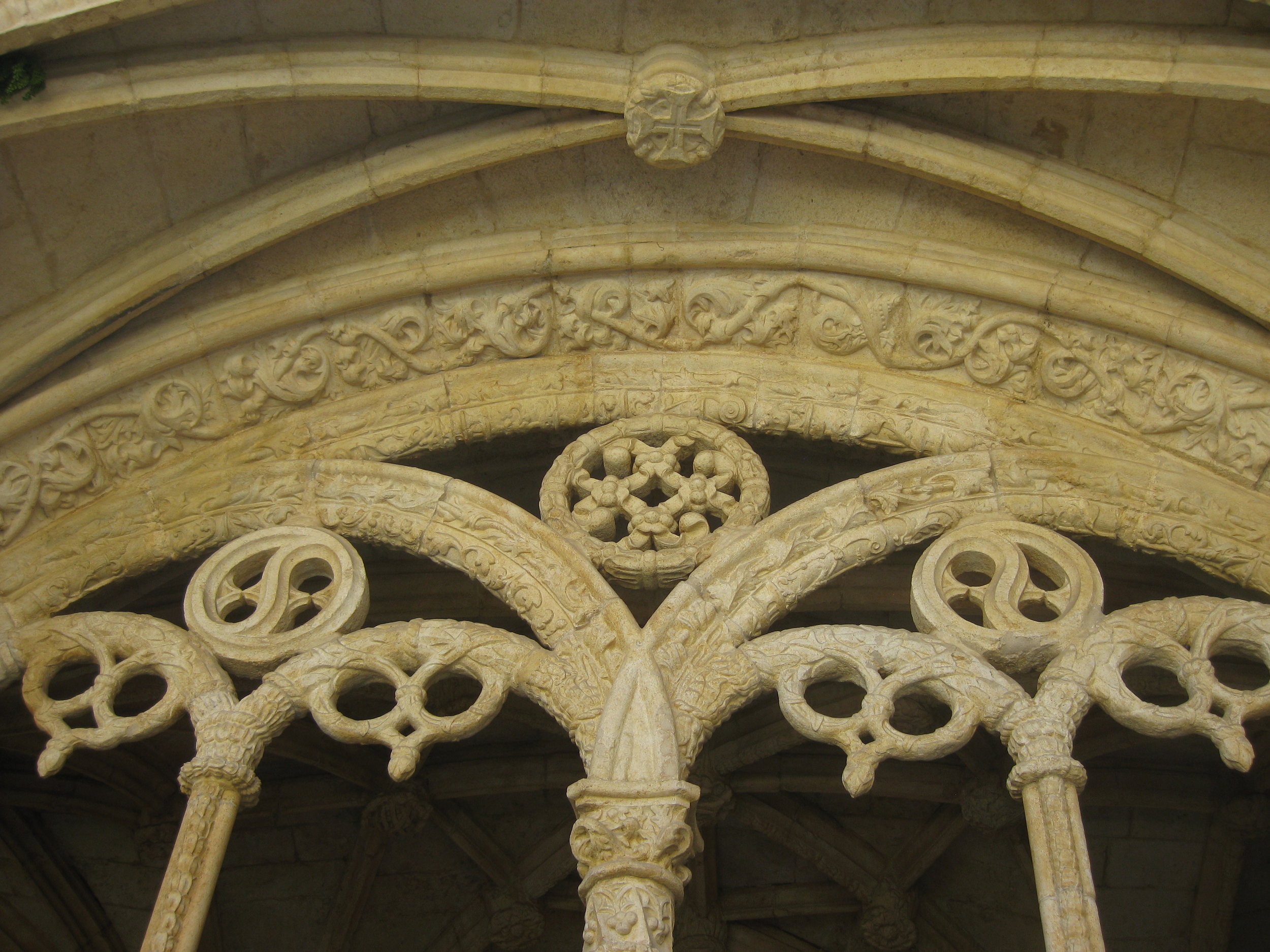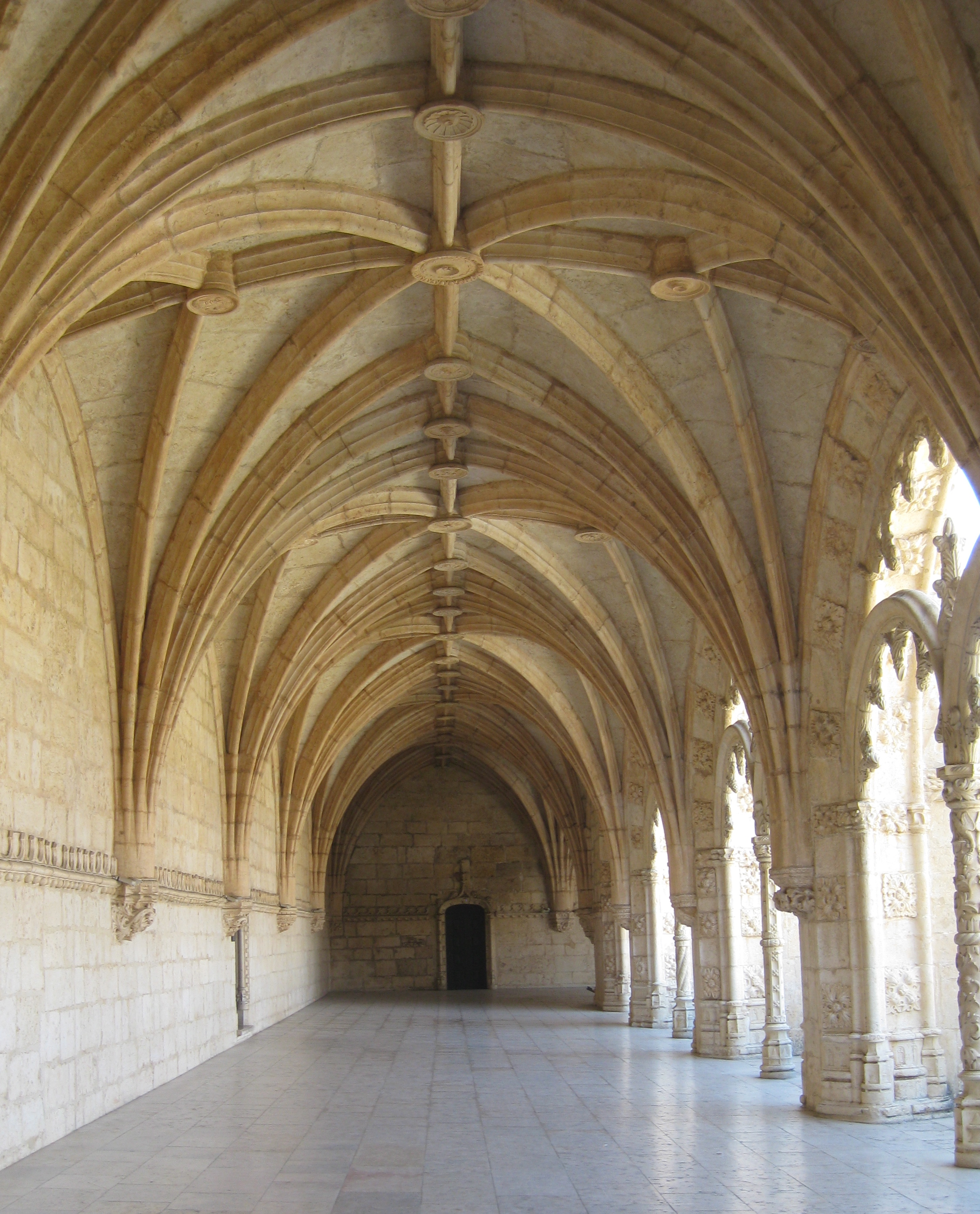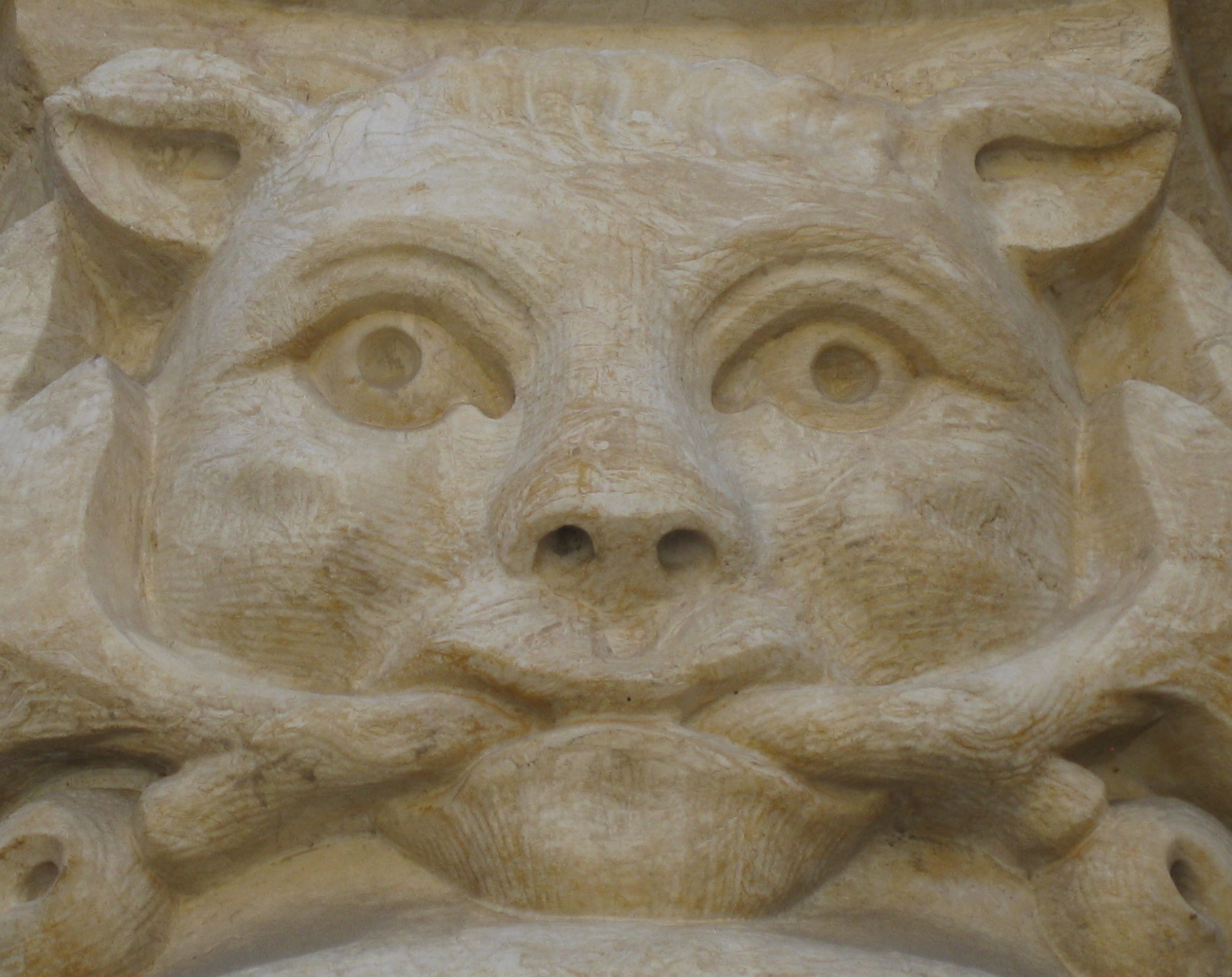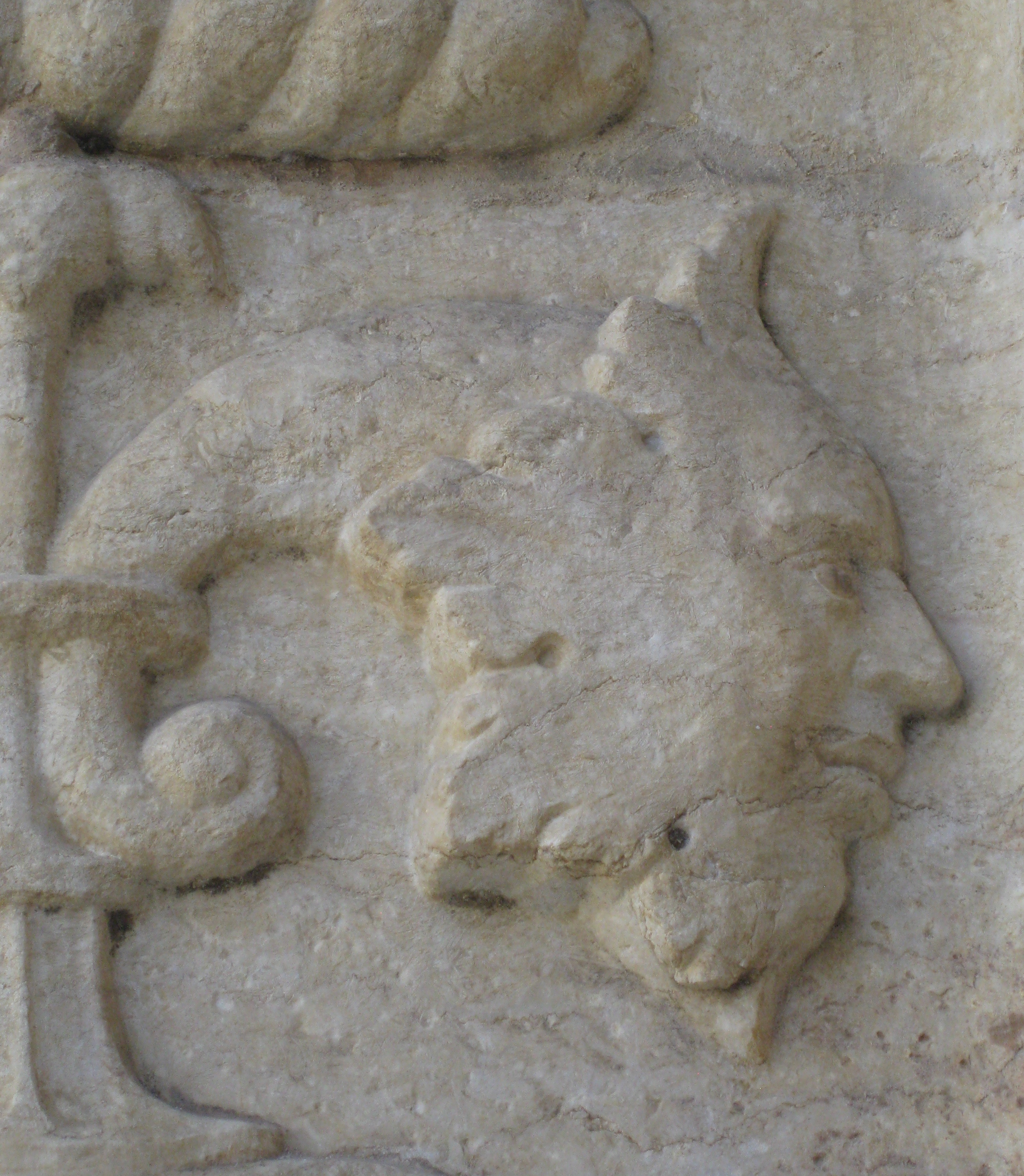While shuttling family members back and forth to Lisbon for international flights, a 3-½ hour drive from Quinta do Tedo, I had an overnight in Portugal’s capital, an overdue opportunity to revisit different places of intriguing beauty and historic importance.
As a lover of ornate Manueline architecture, the Monastery of Jerónimos, is exemplary! Located near the shore of the Tejo river in Lisbon’s Belém parish, classified in 1983 as a UNESCO World Heritage Site, this imposing monastery calls out for a visit. Built in the late 1400s/early 1500s, as one of the 62 construction projects that King Manuel (hence the name Manueline) financed from hefty 5% taxes from the expanding spice trade with Africa and the Orient, the Jeronimos monastery reflects the glory of Portugal’s achievements during the Age of Discovery.
Manueline architecture is characterized by richly ornate architectural design, incorporating maritime elements and objects discovered during naval expeditions carved in sand-colored limestone. I arrived to the Jerónimos monastery in the late afternoon; the space of the building, the quiet ambiance typical of a religious place of prayer and the sun-drenched yet soft light make for a meditational experience. The complex Maneuline ornamentation is inspirational – how I would love to have been one of the stone carvers!
I do hope that you will have the chance to visit the Jerónimos monastery, and remember to have a pastéis de natas (the Portuguese cream pastry dusted with cinnamon) at the famous Pastéis de Belém and to visit the Torre of Belém, another Manueline masterpiece, both close by. Portugal’s Age of Discovery landmarks are at your fingertips in lovely Lisbon.



